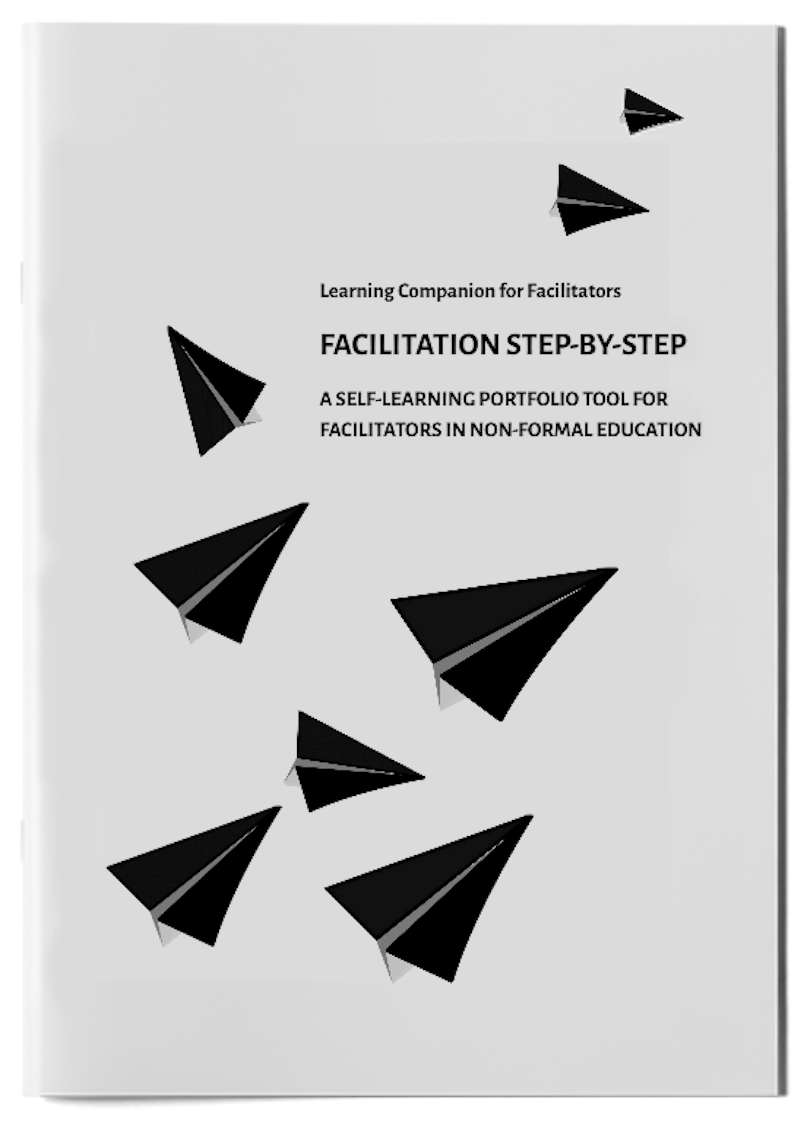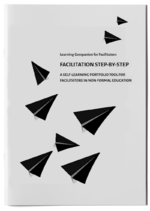On the other hand, situations continually crop up where facilitators must give orientation, act as a role model, or inspire with experience or expertise. In contrast to a participant, we must always be prepared to take on the full responsibility for the group process. Therefore we should take care to balance private passion and affection with the professional mission and the concrete goals of the training.
We often hear that younger facilitators especially enjoy the spirit of a group and become partially involved in the group's dynamics. On the one hand, this supports the idea of peer facilitation. On the other hand, too much involvement may influence your professionalism: your preparation may be lacking, your critical distance and evaluative competence may suffer, and sometimes you may become disoriented as to where you belong.
For non-peers, the question of the right balance between closeness to and distance from participants is also important. What if you do not represent the participants' group in terms of age or social background? To what extent do you then need to actively shape your relation to participants – where is distance the appropriate strategy in this case?
Closeness <- - - - - - - ->Distance |
|
What kind of relation do you want to have to the participants on the continuum? Describe. |
|
What should not happen? |
|
How can you avoid it? |
Facilitation step-by-step
Learning companion for facilitators. A self- learning portfolio tool.


